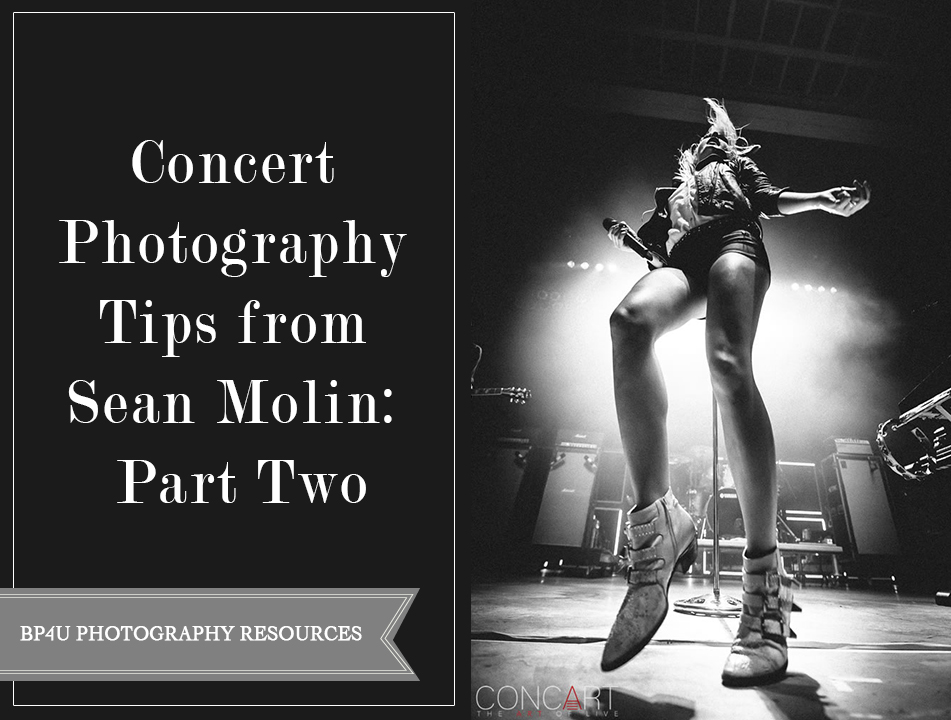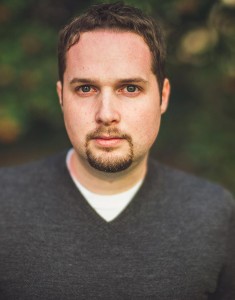 We recently shared five concert photography tips from Sean Molin with you and we’re back to give you five more. You can check out part one of the series, here.
We recently shared five concert photography tips from Sean Molin with you and we’re back to give you five more. You can check out part one of the series, here.
Just to refresh your memory, Sean Molin is an Indiana-based photographer who’s been committed to the craft since 2008. He specializes in lifestyle photography using both digital and analog cameras. While his primary areas of focus are weddings, engagements, high school senior portraits and modern family photography, his true passion and niche is in live music and concert photography. In fact, he has an entire brand and publication devoted to it: concART | The Art Of Live.
His work has won competitive awards and been featured in several magazines, including Popular Photography, Premier Guitar, Revolver, and on countless blogs and webcasts from all over the globe, including Scott Kelby’s The Grid.
Concert Photography Tips: Part Two
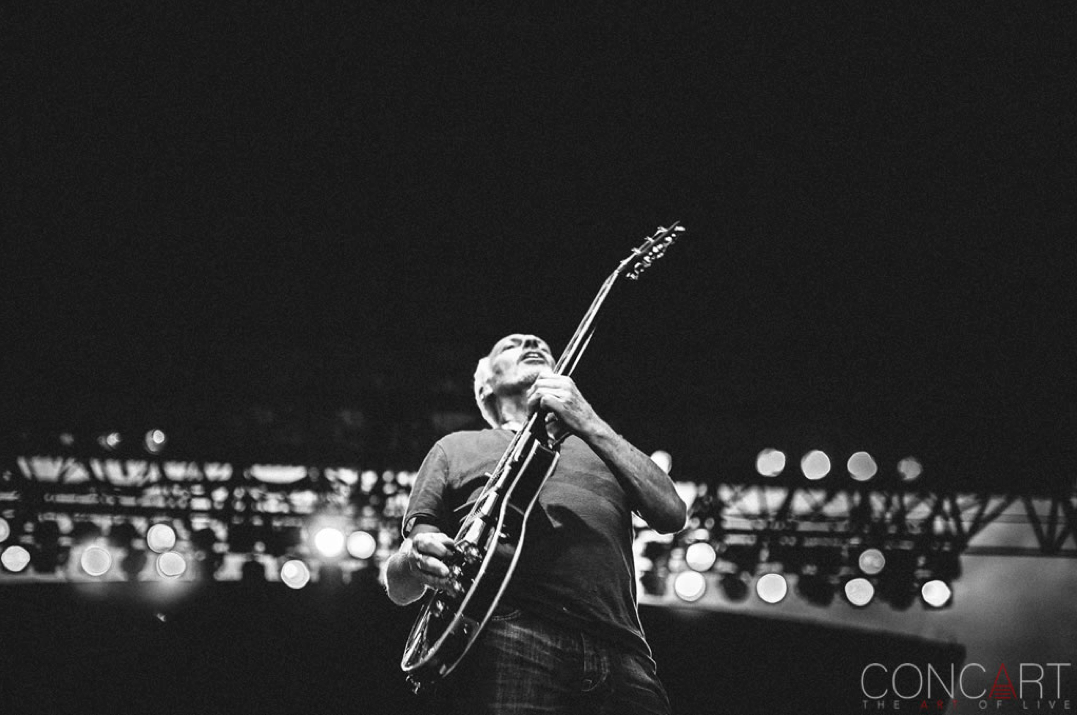 Peter Frampton — 35mm @ f/1.4, 1/250, ISO 200
Peter Frampton — 35mm @ f/1.4, 1/250, ISO 200
1. Don’t Shoot The Whole Show
Remember that you’re there to enjoy the music, not be stuck behind a camera and also risk annoying everyone around you. I recommend shooting the equivalent of about three whole songs — if you are so inclined. If you have pit access, 95% of the time that’s the golden rule anyway: shoot the first three songs. This rule is typically enforced by the band and venue, so don’t try to get cute and bend the rules. You will get caught and be ejected. I also highly advise against shooting videos on your cell phone. It will look bad, sound even worse, you and your friends will never watch it again, and you’re just wasting that time not experiencing the show in first person!
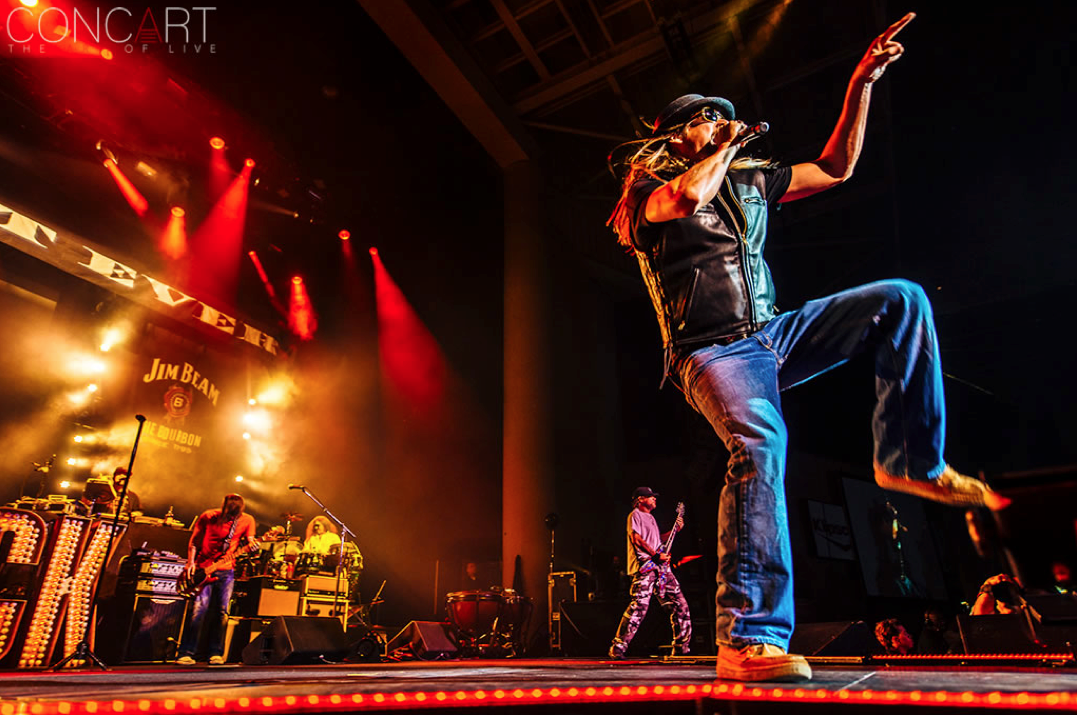 Kid Rock — 20mm @ f/2.8, 1/320, ISO 400
7
Kid Rock — 20mm @ f/2.8, 1/320, ISO 400
7
2. Be Considerate of Other Photographers in the Pit
You’re not the only one sharing a small space trying to get “the shot.” If you’re in a primo location (e.g. right in front of the main singer and between the stage monitors) don’t camp the entire show there. Other people need to get into that spot, too. Get your shot and move to another location and others will do the same for you. Think variety. You only have three songs, so make it count. Shoot all over the place with all sorts of focal lengths from wide to long.
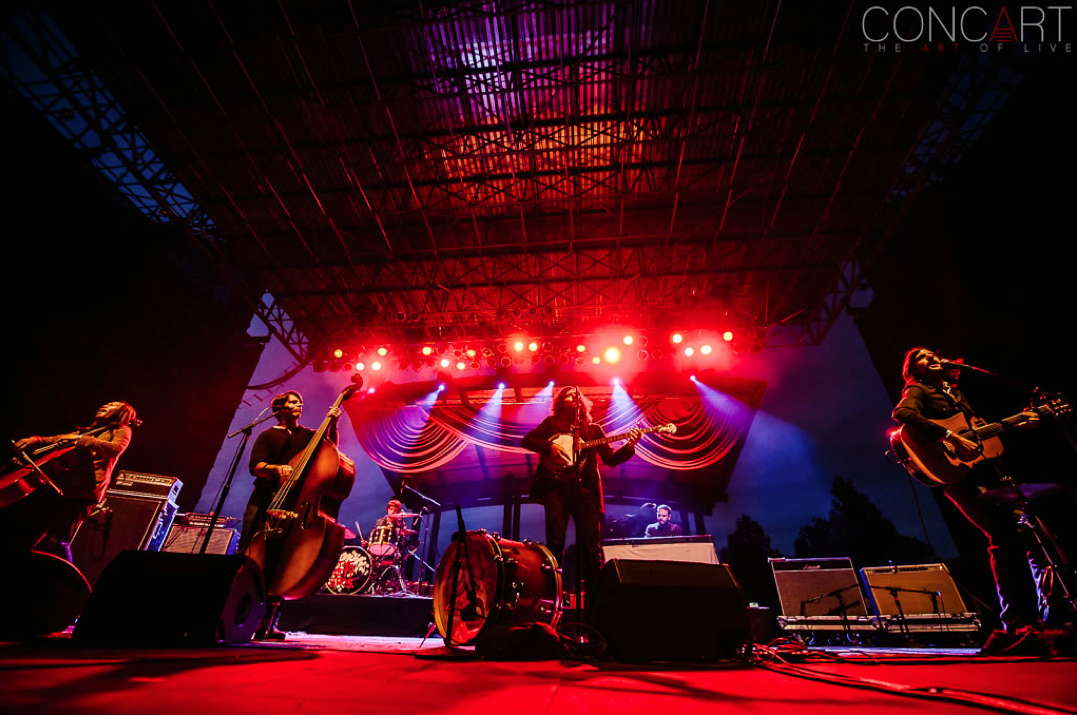 The Avett Brothers — 14mm @ f/2.8, 1/80, ISO 1600
8
The Avett Brothers — 14mm @ f/2.8, 1/80, ISO 1600
8
3. Shoot Wide
While we want a variety of looks and focal lengths, make sure you do take the time to shoot wide and get in close. Have a wide angle lens? Get in close. The closer, the better. Be considerate of the artists, though. Don’t do it a lot, and definitely don’t stick your camera above your head, over the stage and into their face if you’re in a big venue. Just use common sense and remember that wide angle lenses are most effective when you are filling the frame with as much subject as possible. Standing back to “get it all in” doesn’t give you much impact unless the stage has a lot going on.
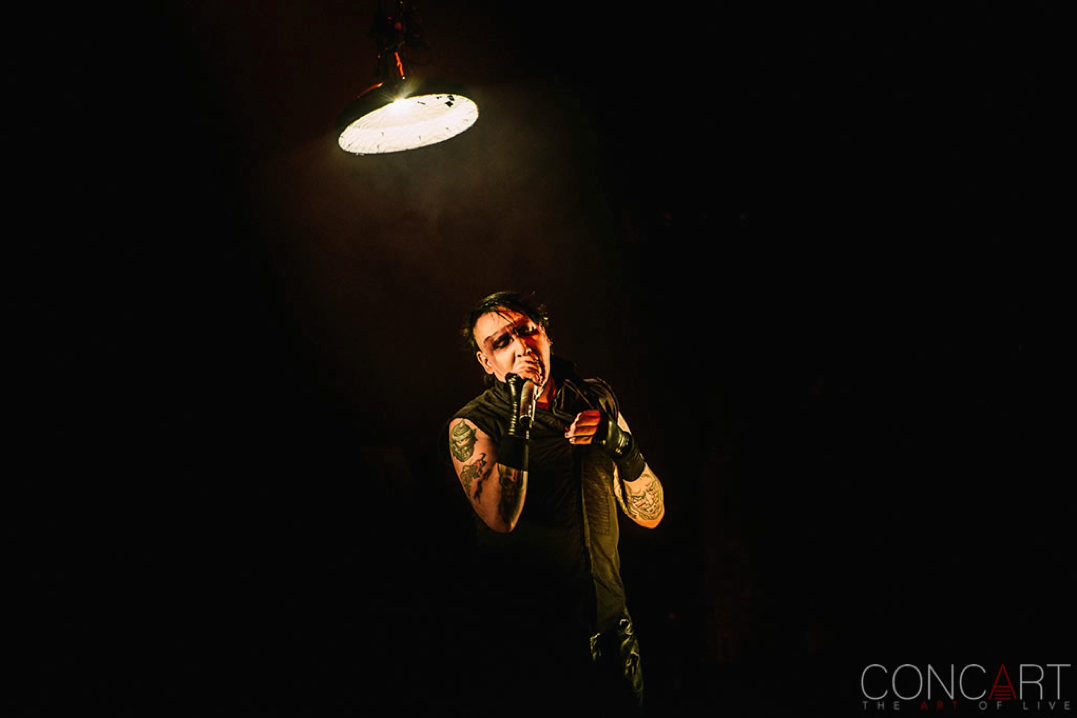 Marilyn Manson — 200mm @ f/2.8, 1/200, ISO 1600
9
Marilyn Manson — 200mm @ f/2.8, 1/200, ISO 1600
9
4. Share Your Photos
Share your photos, but not all of them. Pick your favorite 15 to 30 and try to make sure they’re all different from each other. If you post too many — and this applies to portfolios of all kinds — you run into a big issue: the more images you post, the less impact each photo has. If you have one amazing photo, it’s going to have much more effect if it’s only one of a few. Also, post too many and you run the risk of people not wanting to look at anything because they’re overwhelmed. Have you ever wanted to read a cool article online and then realized it was 30 pages so you just moved on? Ain’t nobody got time for that.
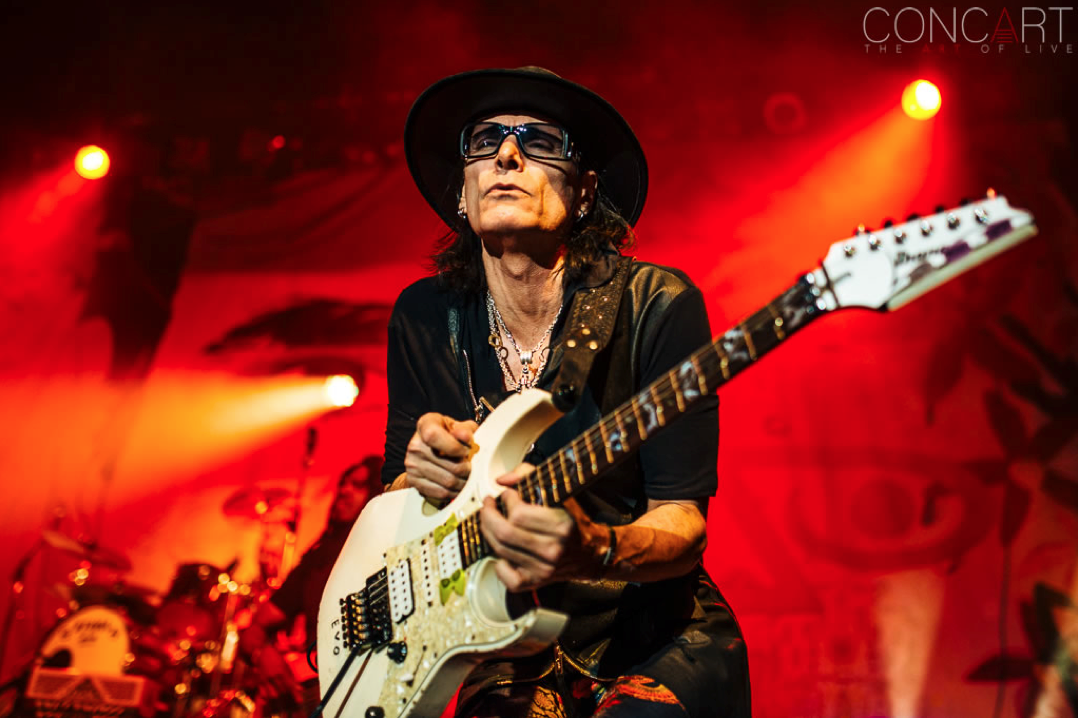 Steve Vai — 35mm @ f/1.4, 1/200, ISO 500
Steve Vai — 35mm @ f/1.4, 1/200, ISO 500
5. Wear Earplugs. Seriously.
Your parents were right. And I bet they wished they had worn earplugs more often when they were younger. If you’re shooting a band you’re not a huge fan of, by all means, wear the heavy-duty foam plugs. If you want to enjoy what you’re hearing, don’t wear just any earplugs, wear the type designed for music. Popular models are the Hearos High Fidelity and Etymotic ER-20s. Both are designed to reduce the decibel level while keeping the frequencies the same, so your music still sounds good. If you’re in the pit, it’s not even an option. You’re right next to speaker stacks. Even with earplugs it can border “too loud” at times. Besides, you look like you belong there with them.
Ultimately, do remember why you’re at the show. You’re supporting the bands you love. Show it by being a part of the experience as much as possible. Don’t be buried in a phone or camera the whole time, but do capitalize on the time you do spend capturing the night. Do capture memories with both your mind and with matter. With these tips you’ll be on the right footing. All you can do now is go practice and have fun!
Want more of Sean? Find him on the web.

